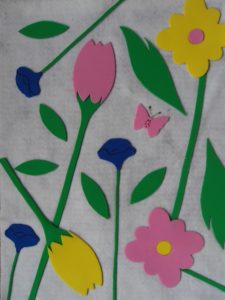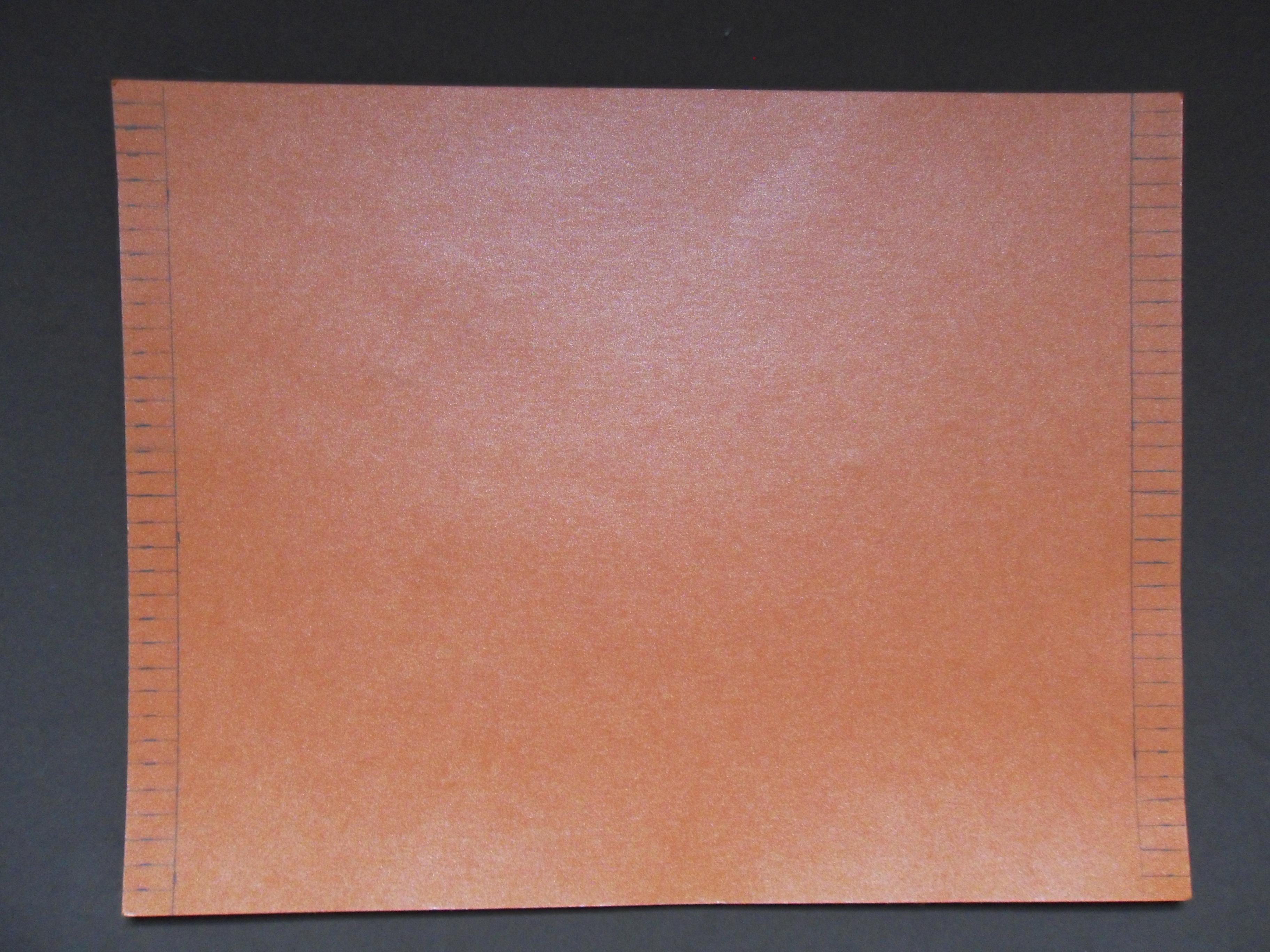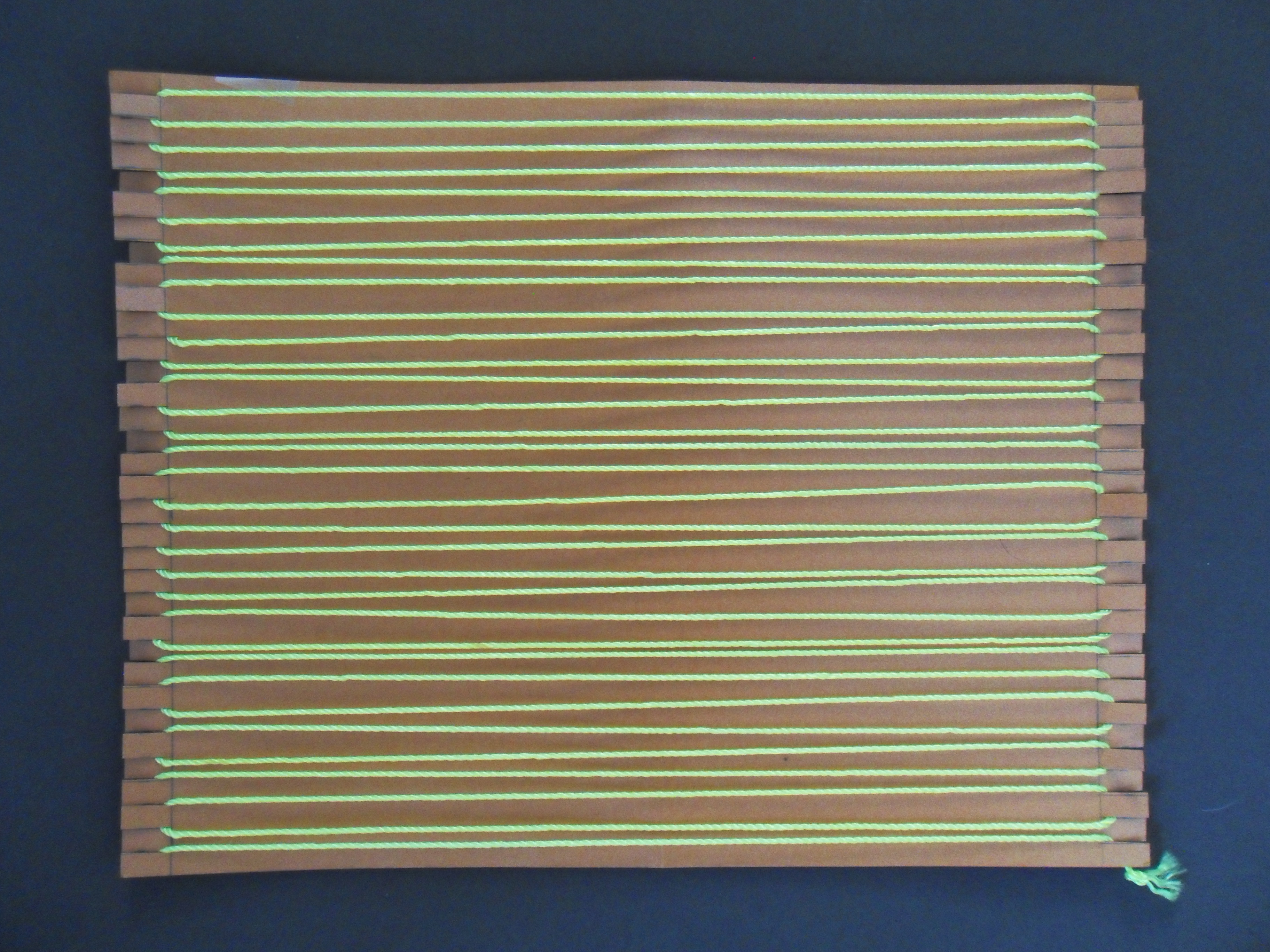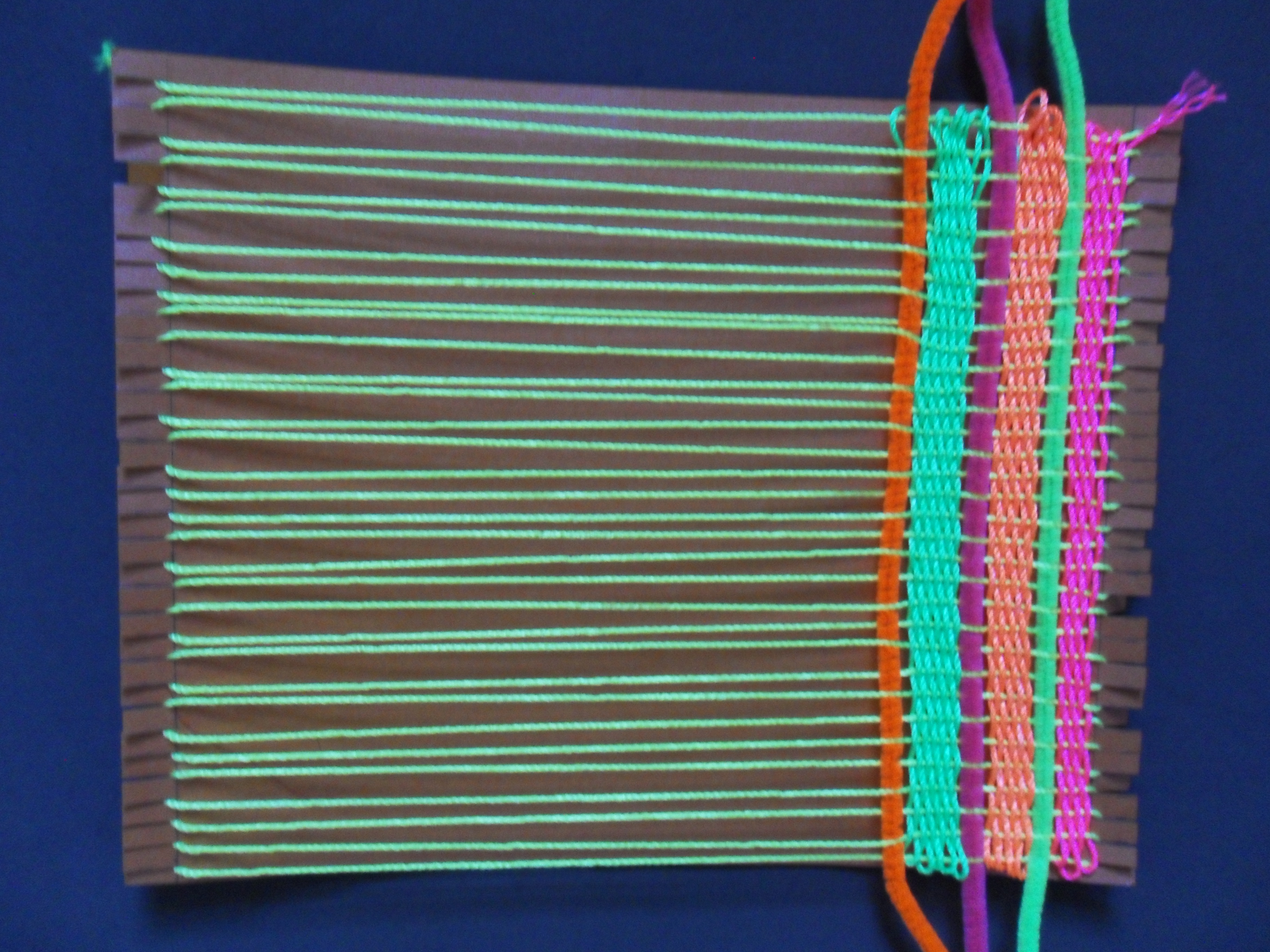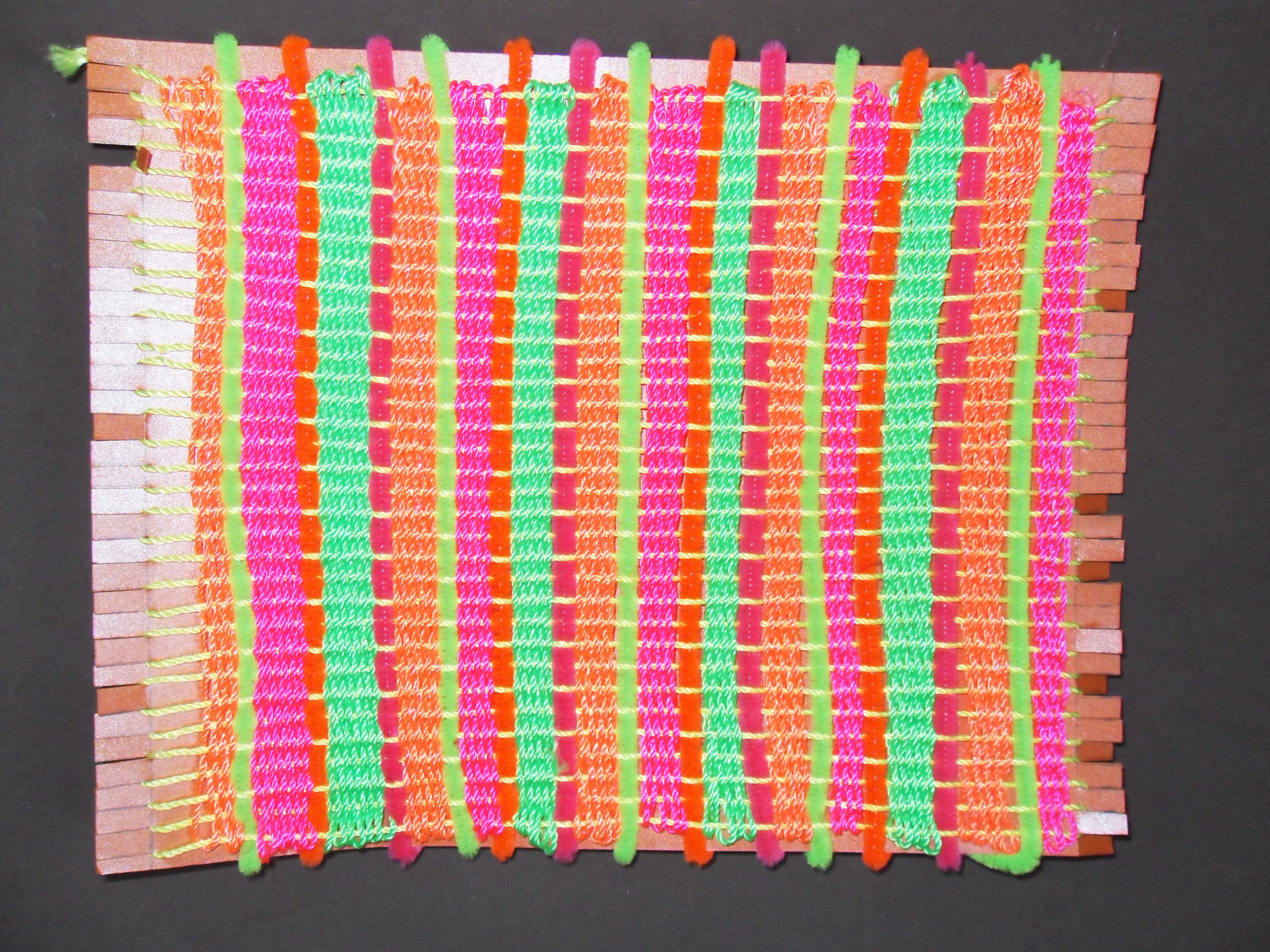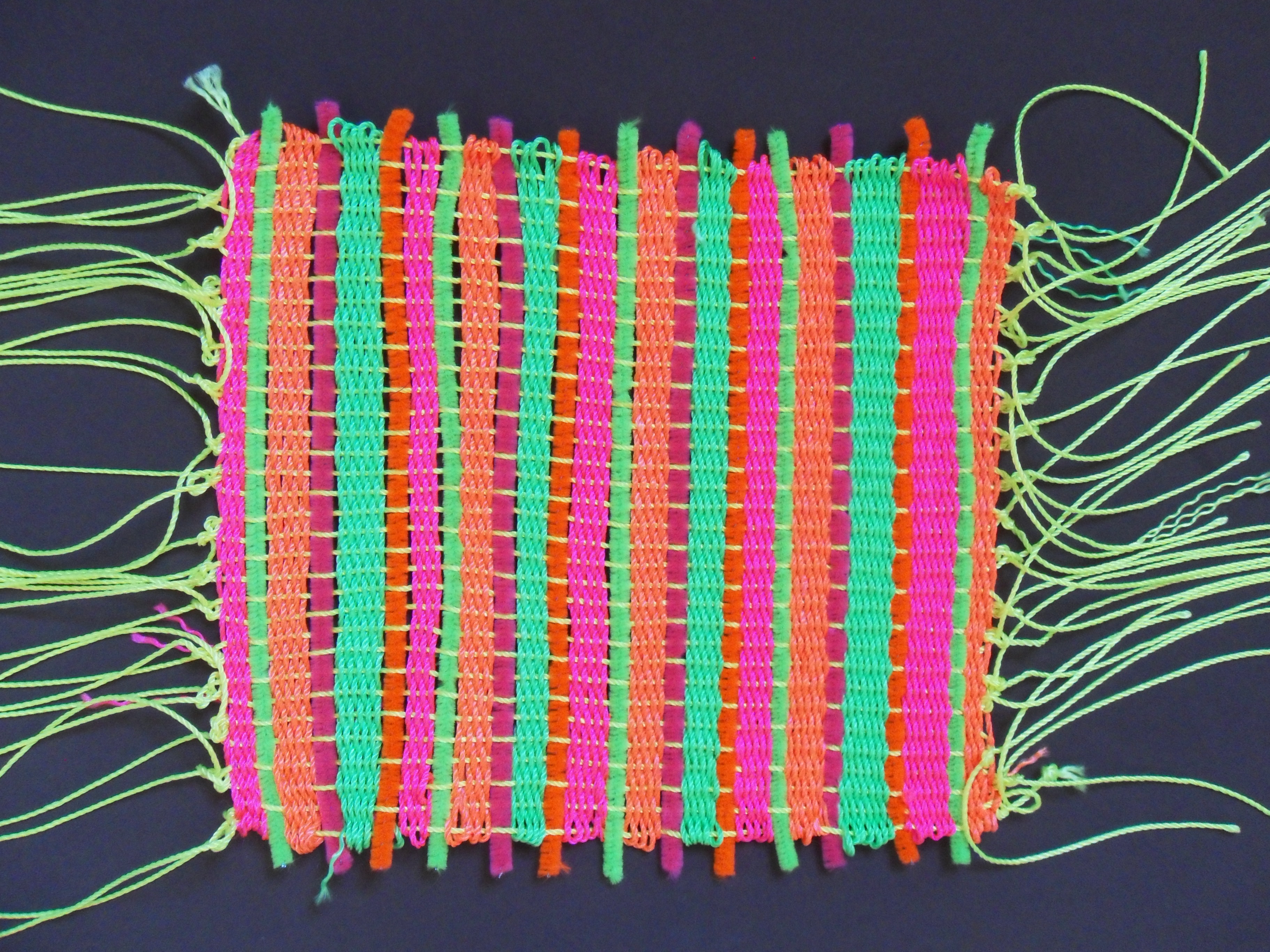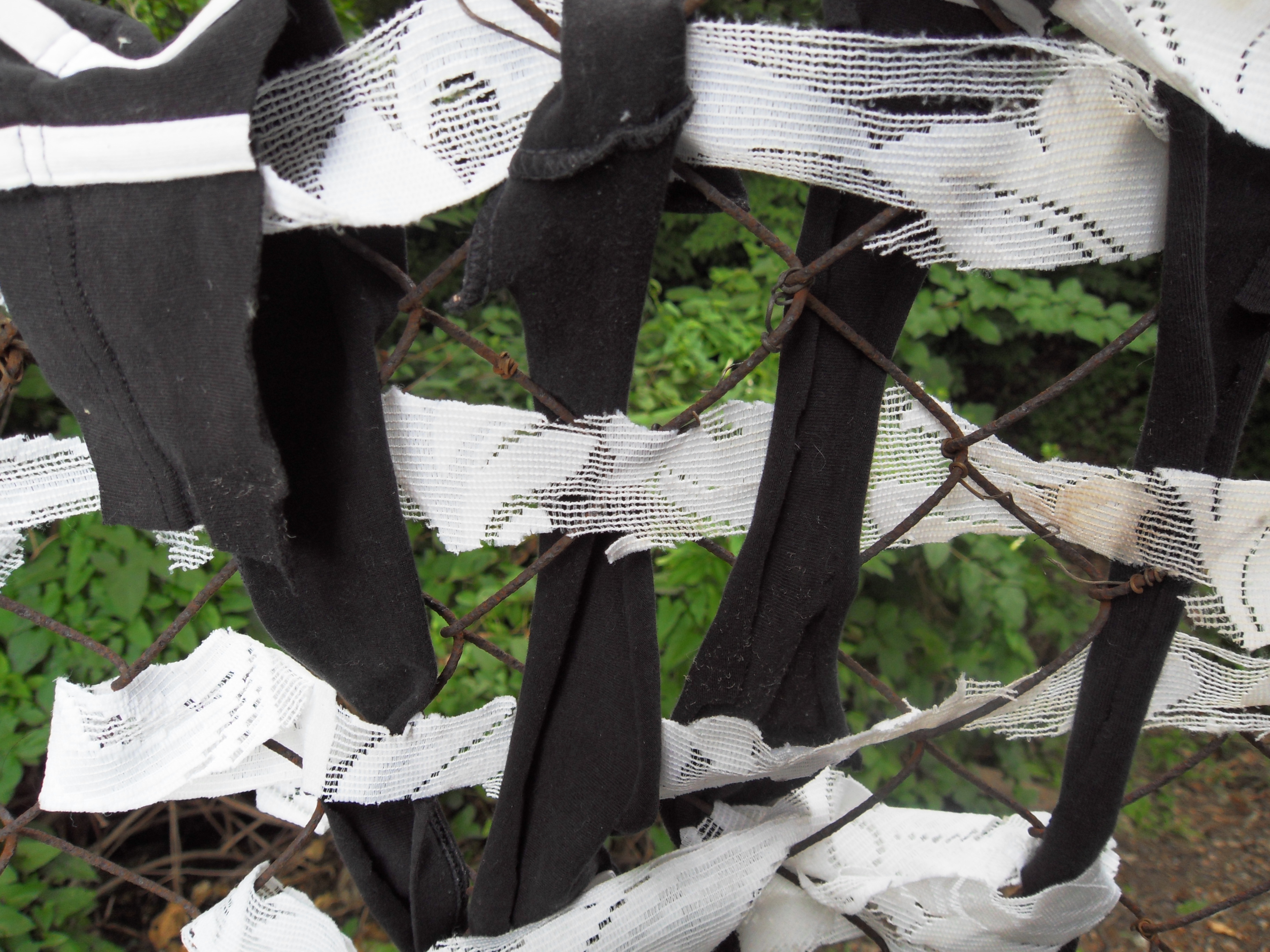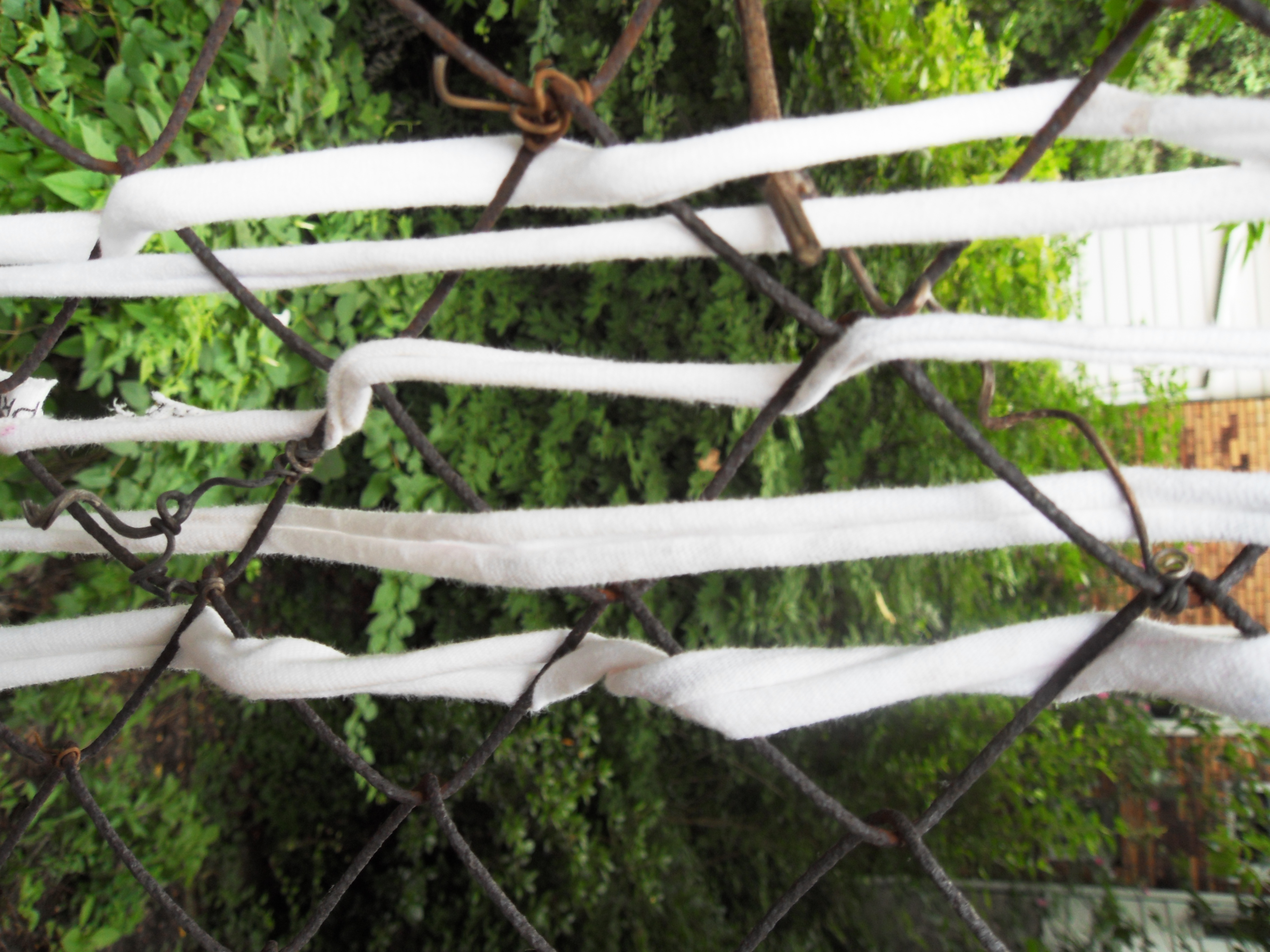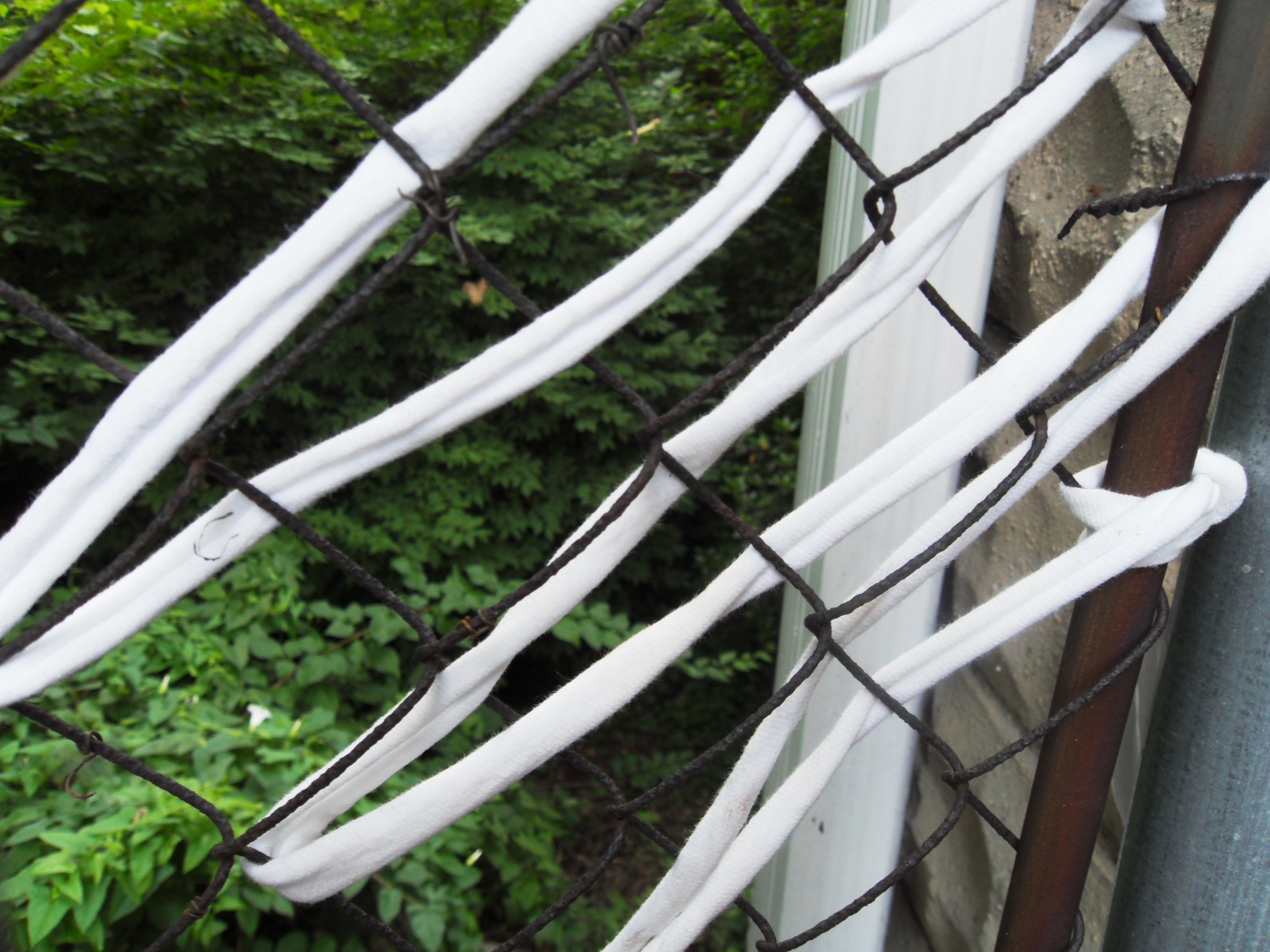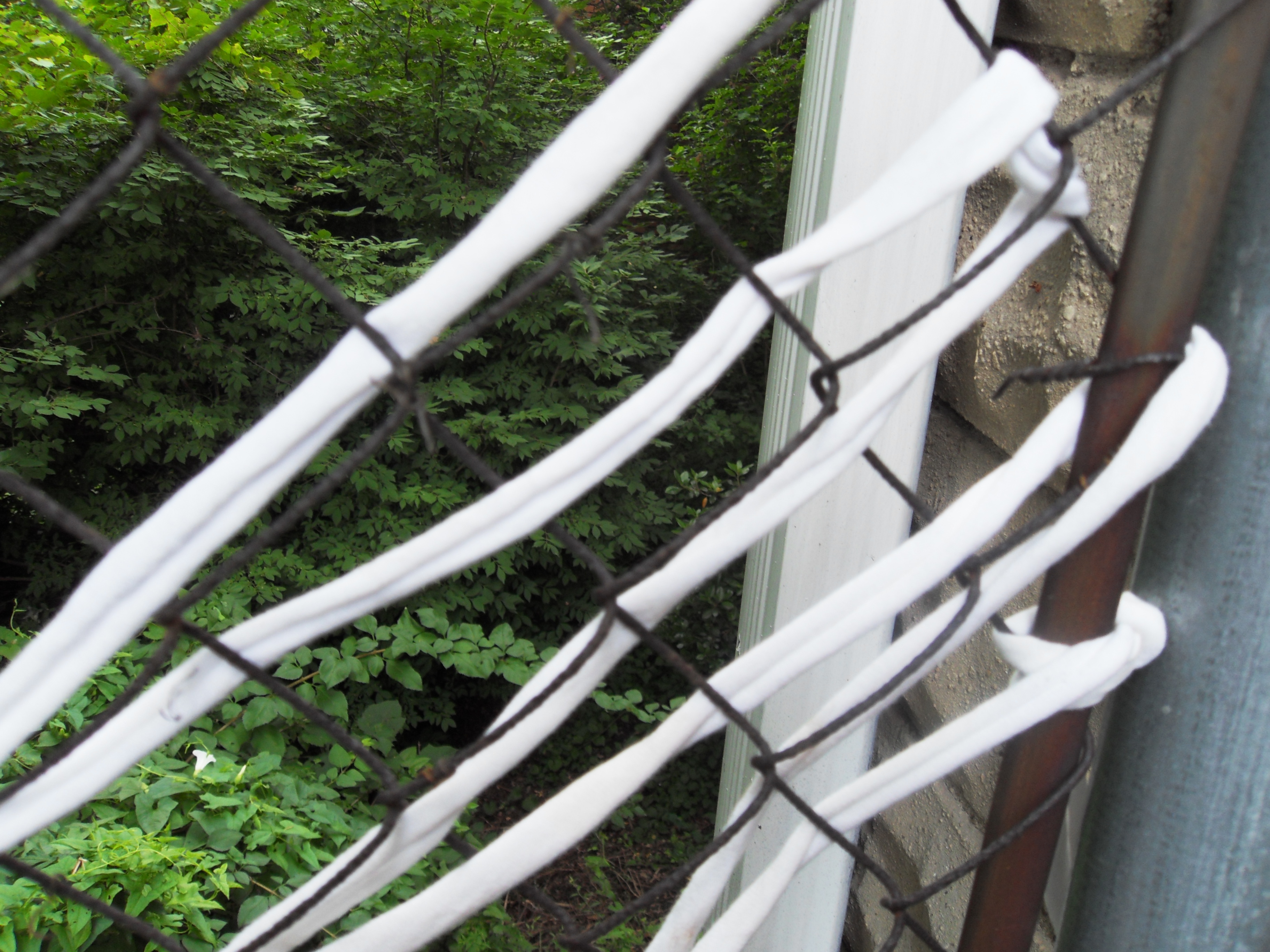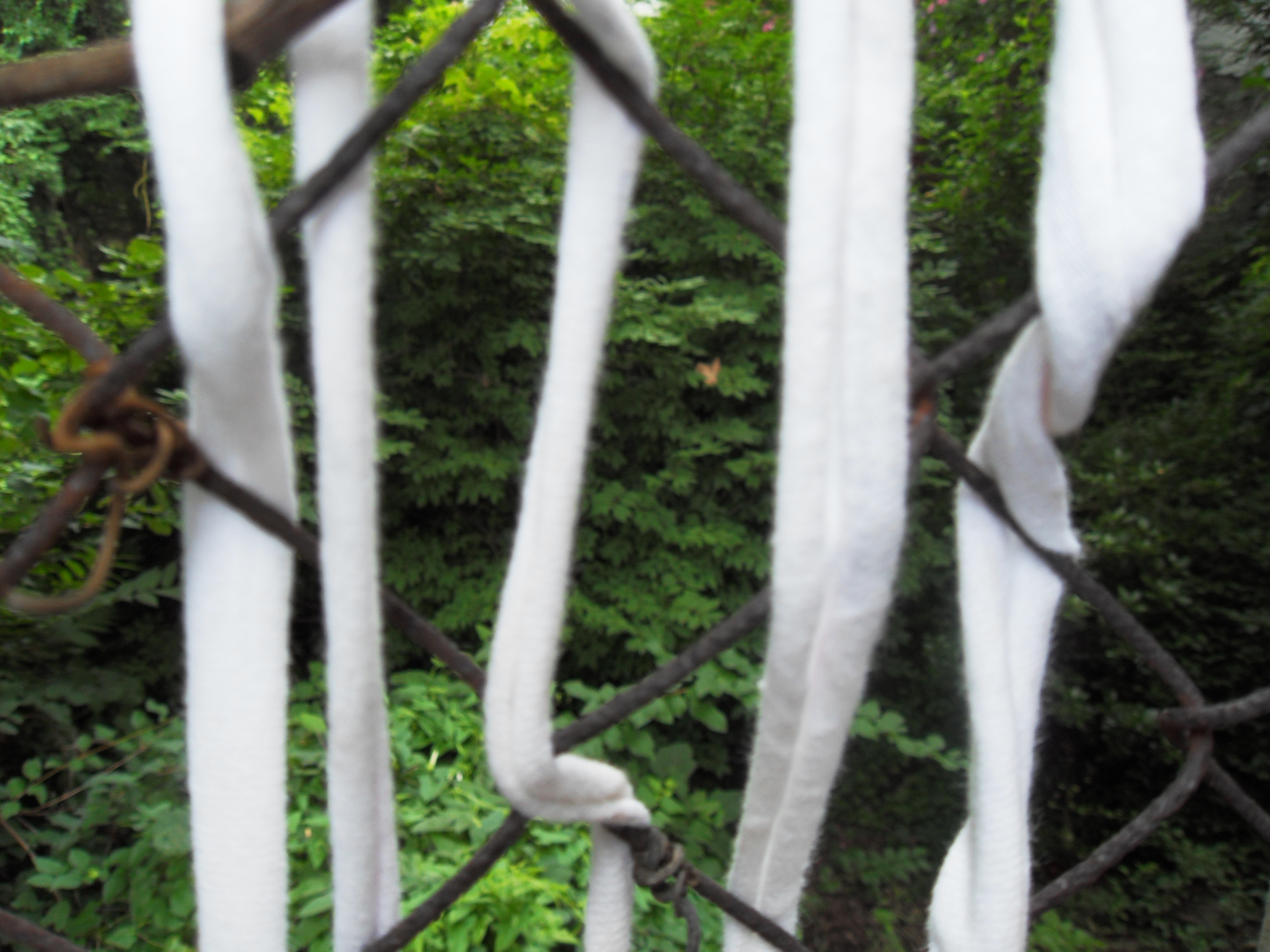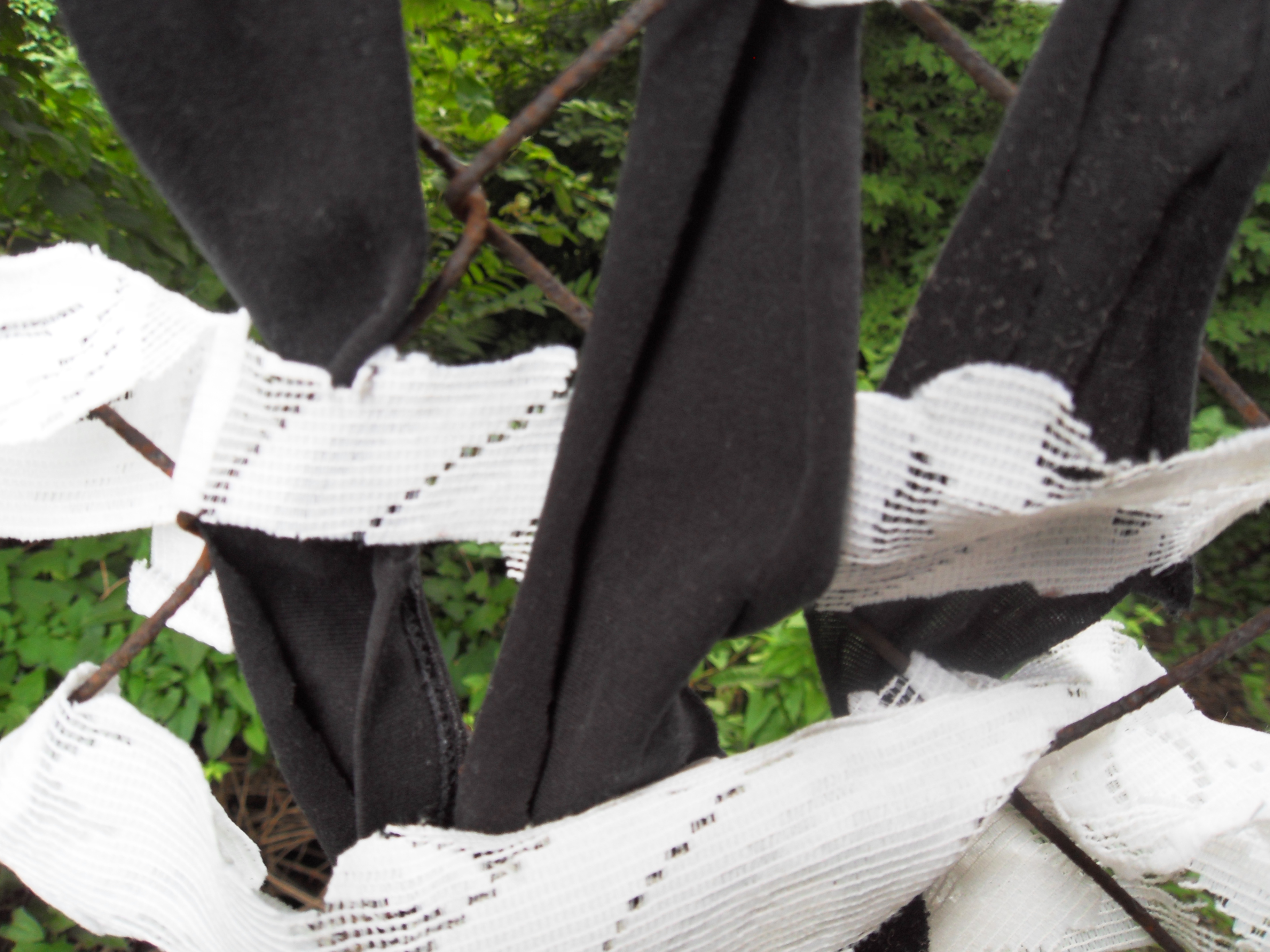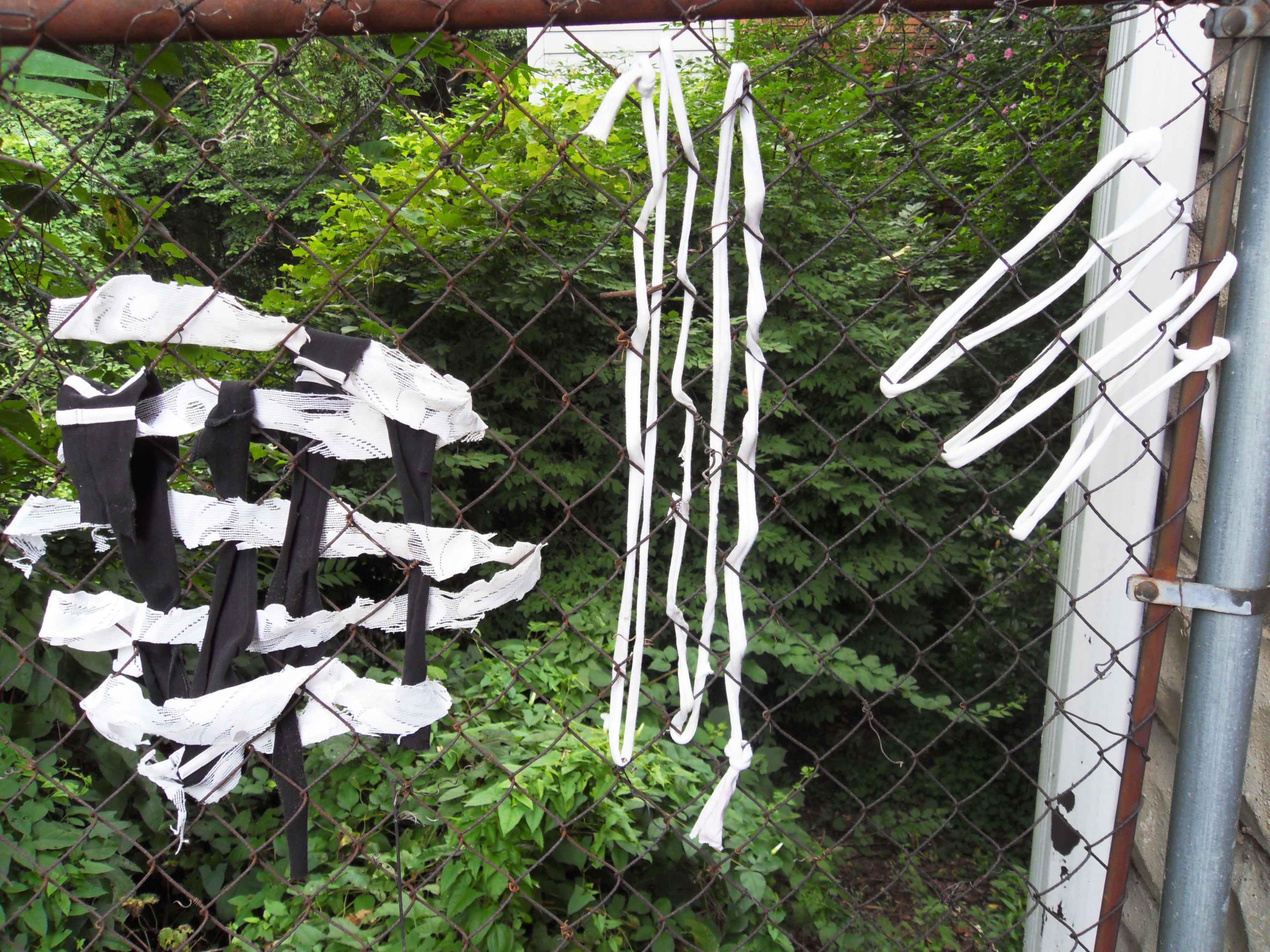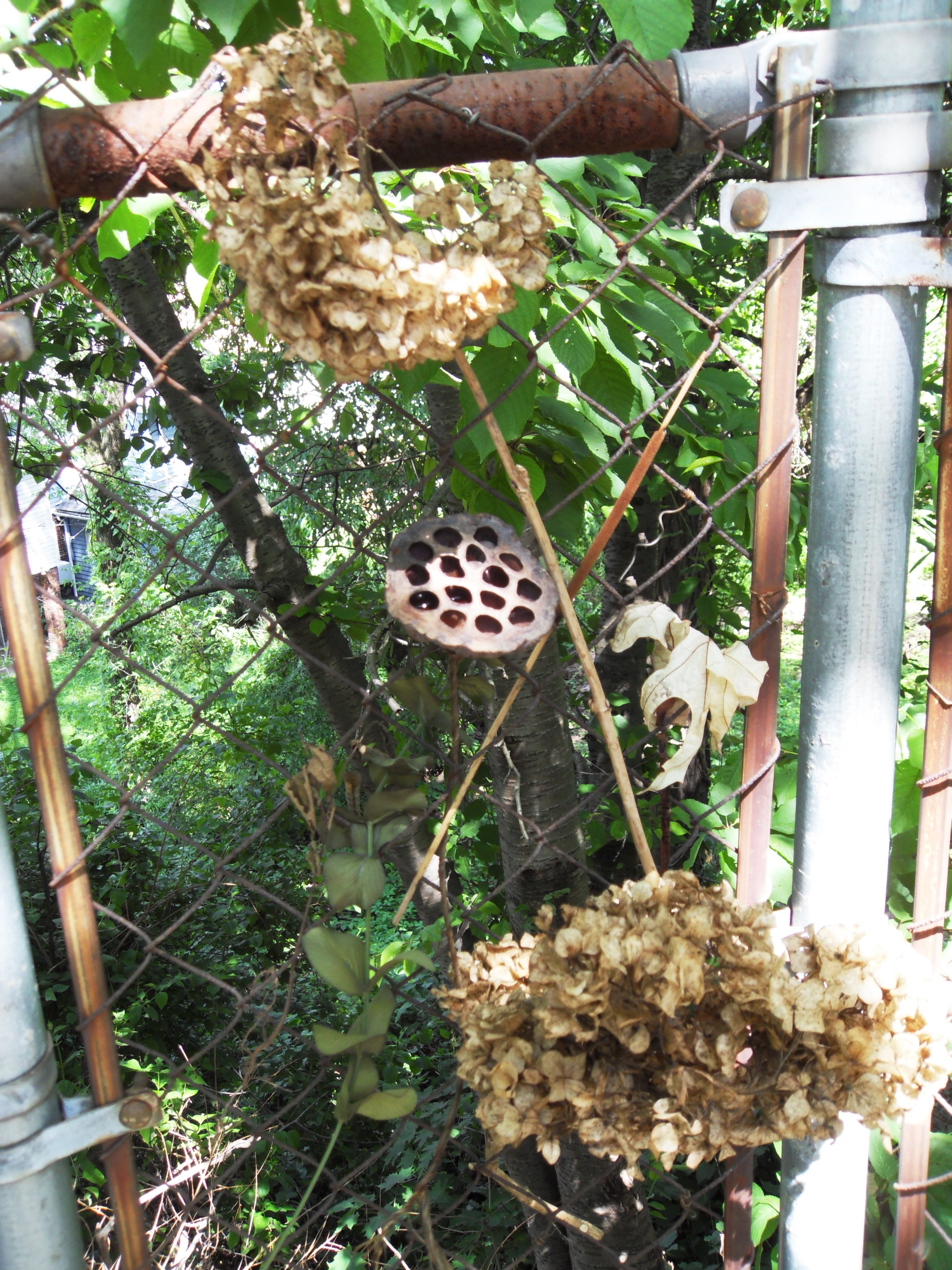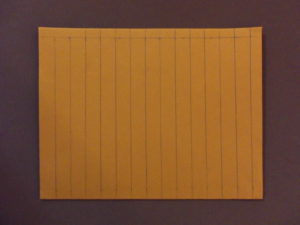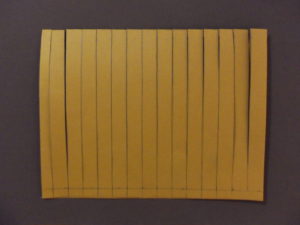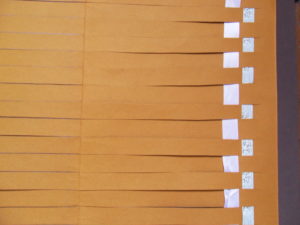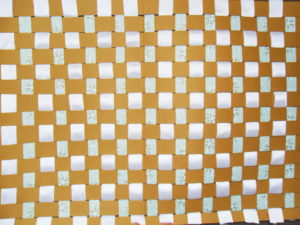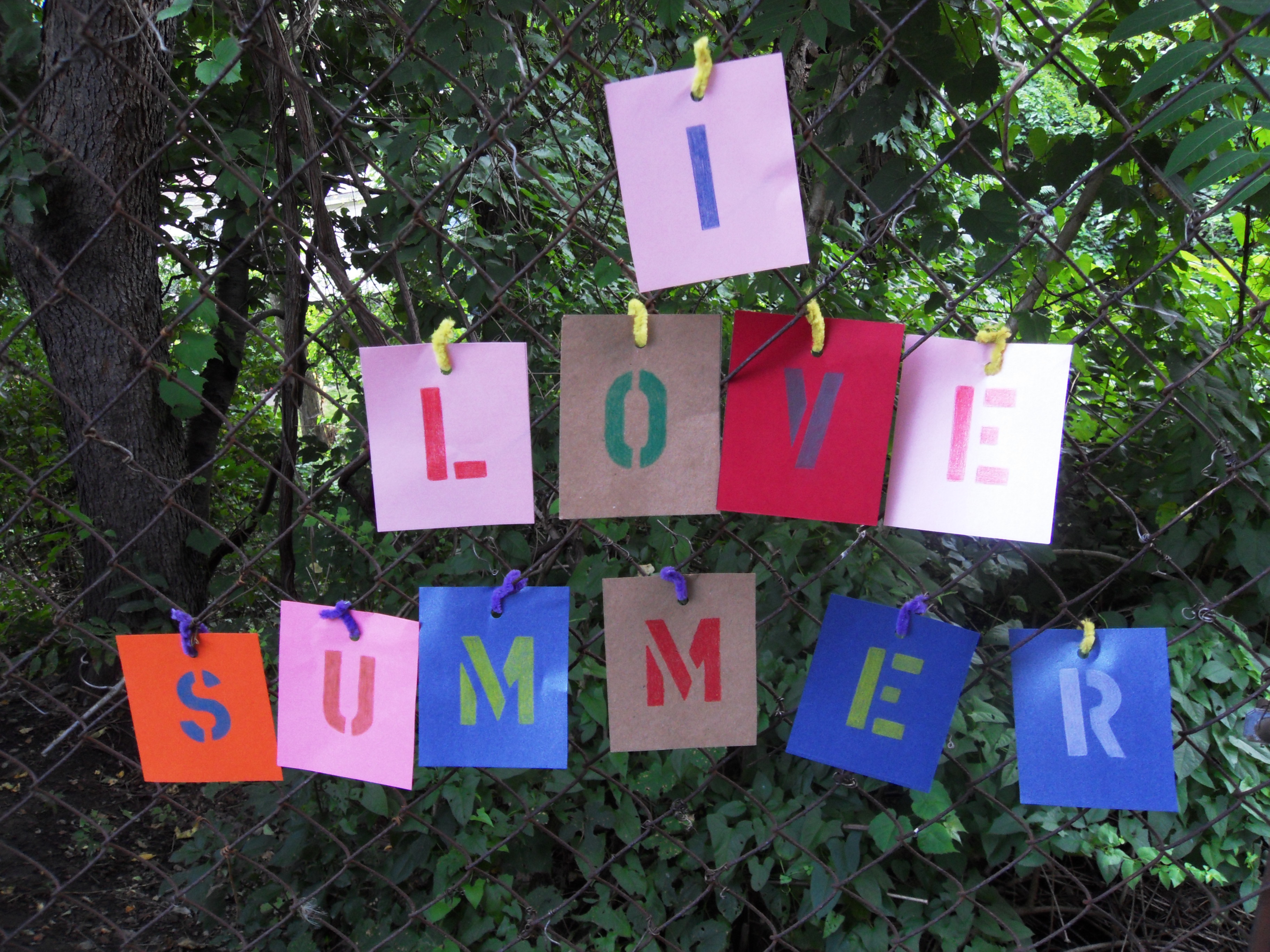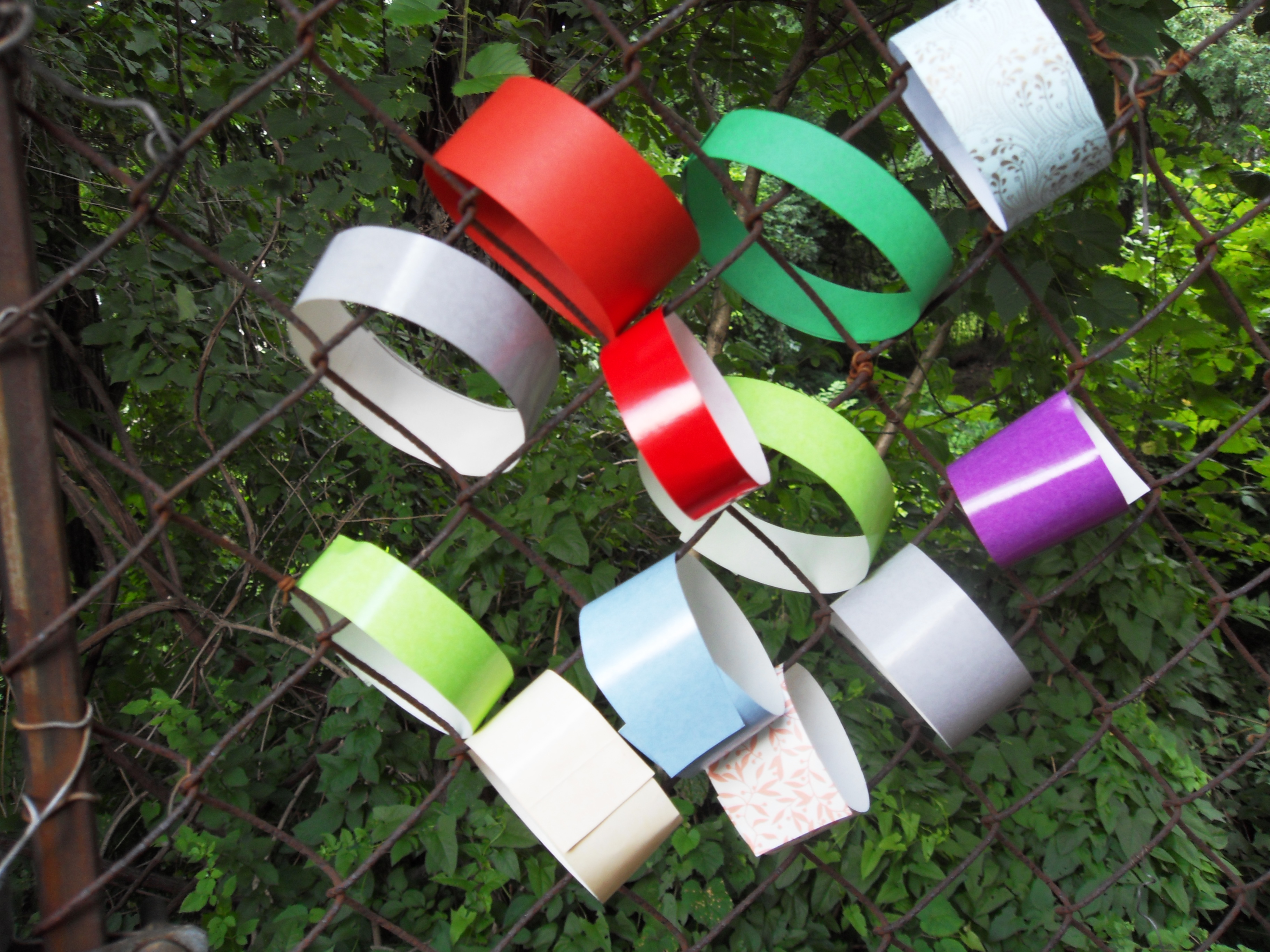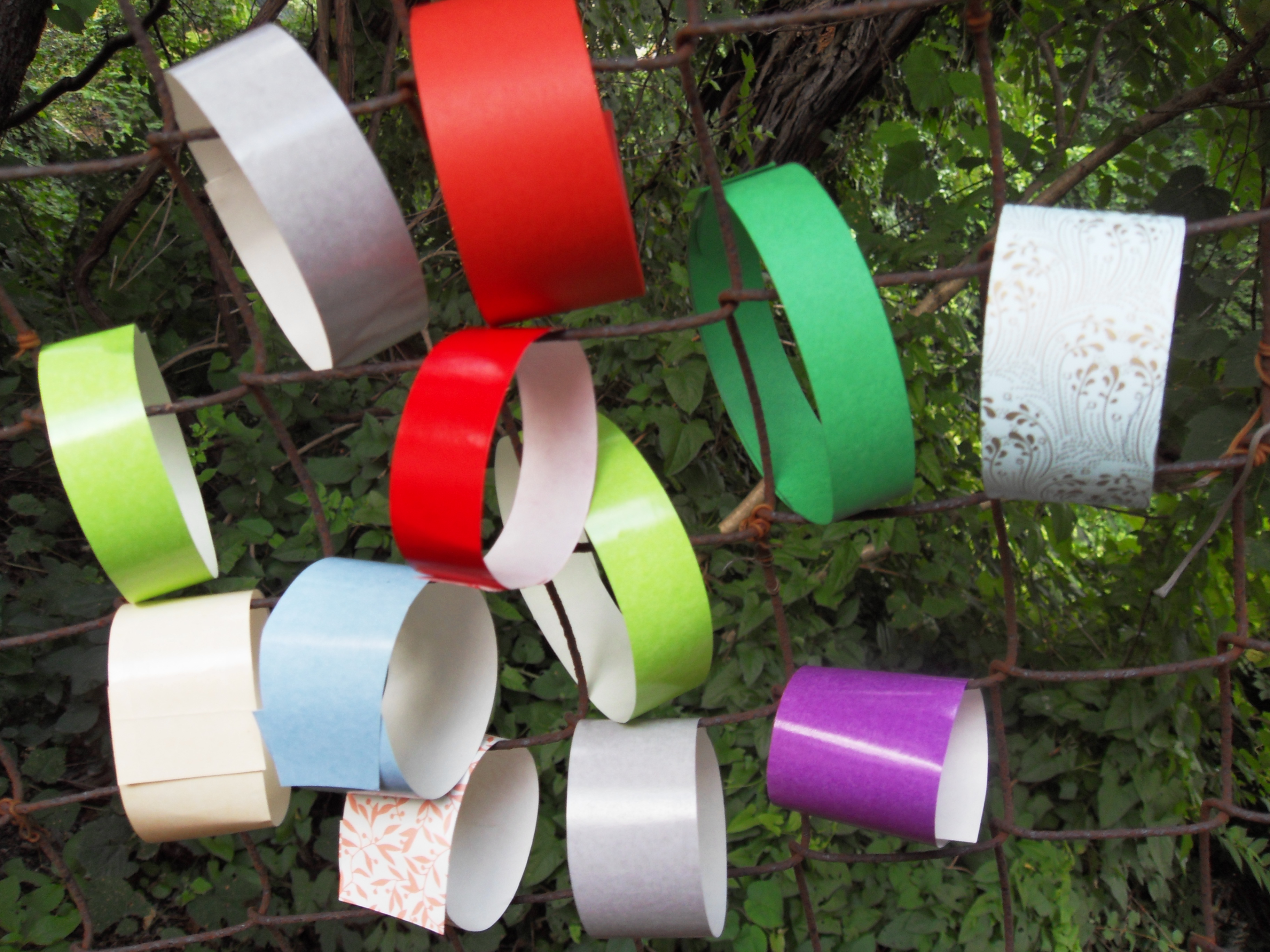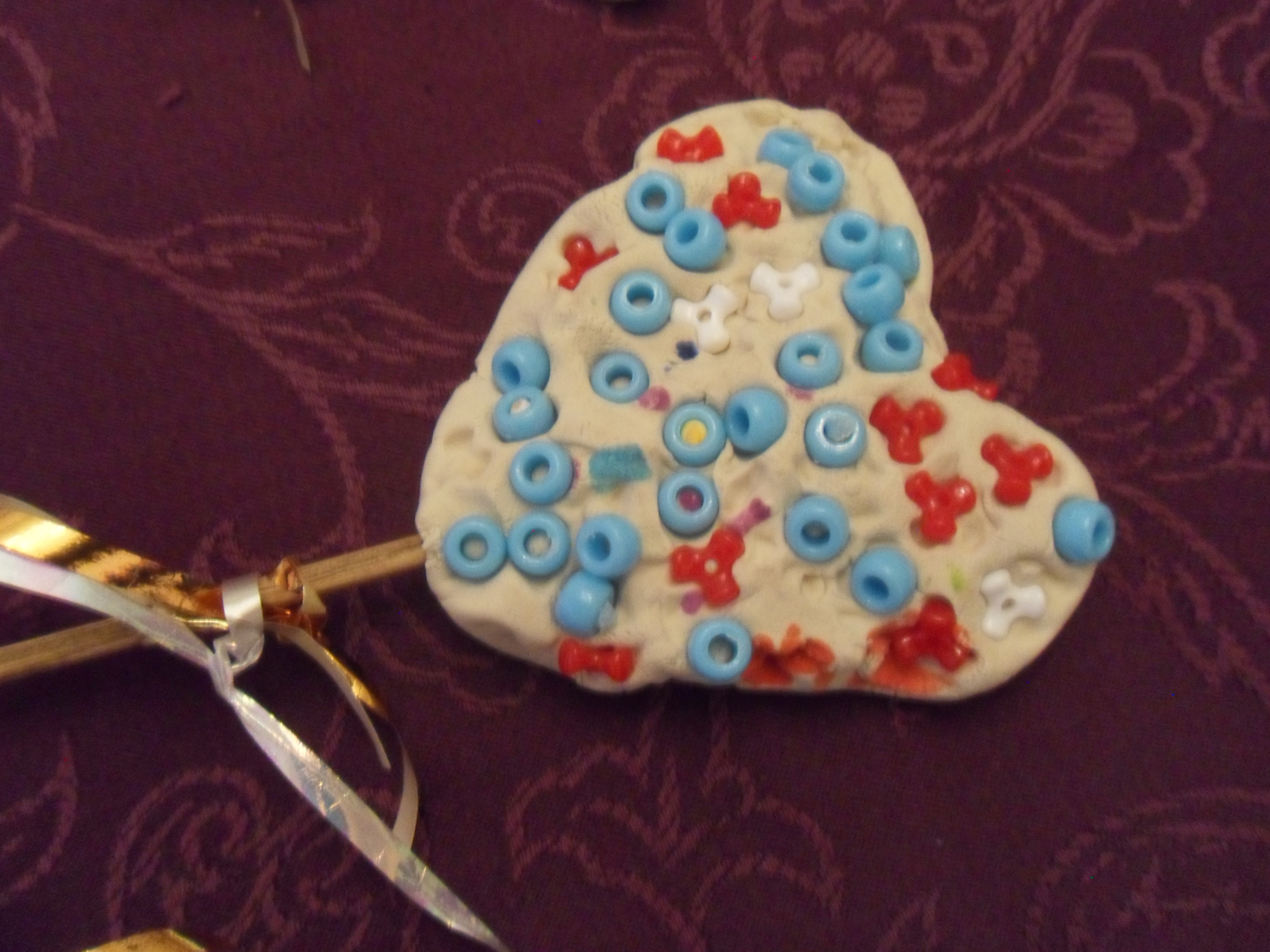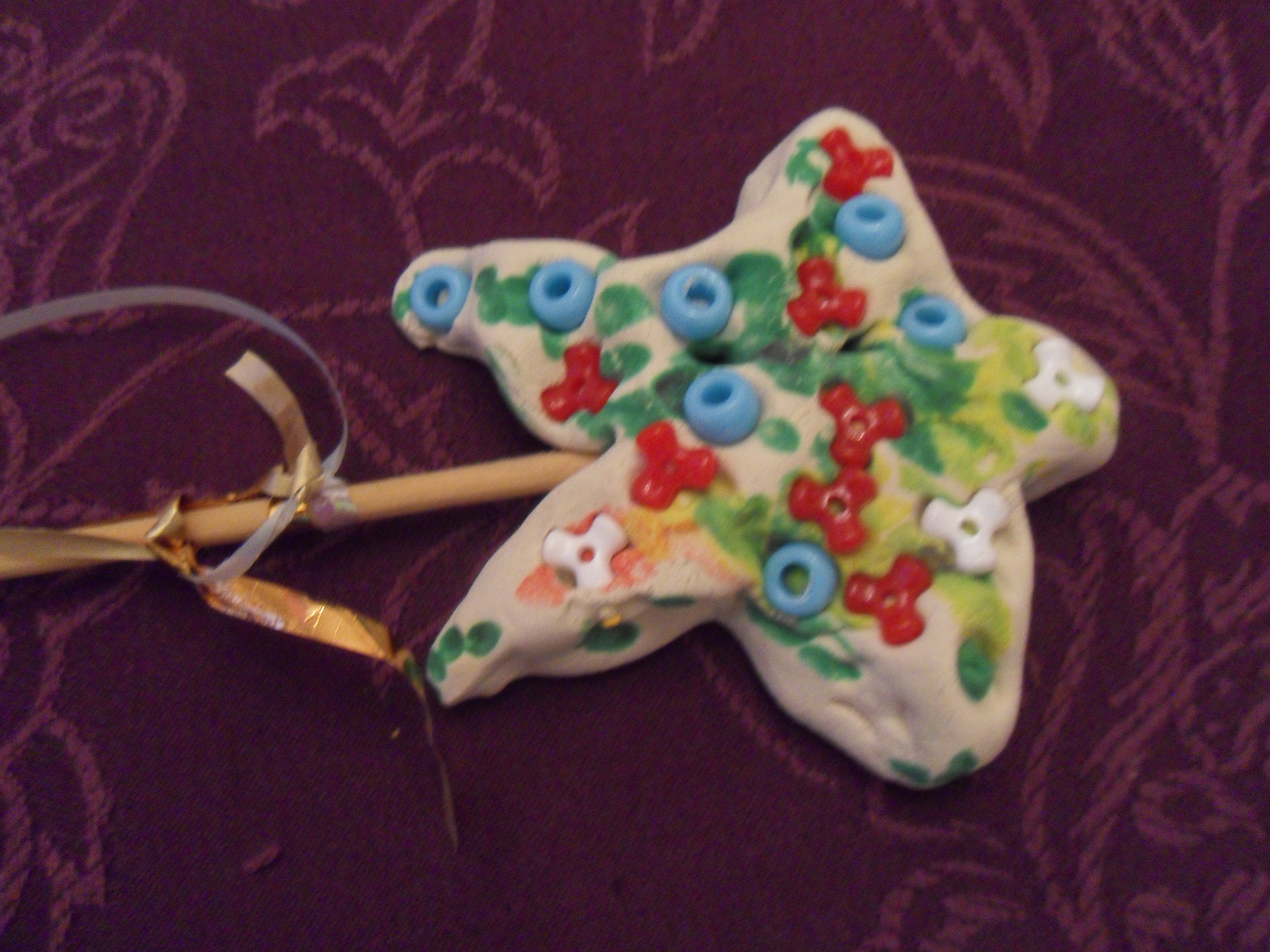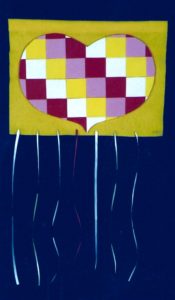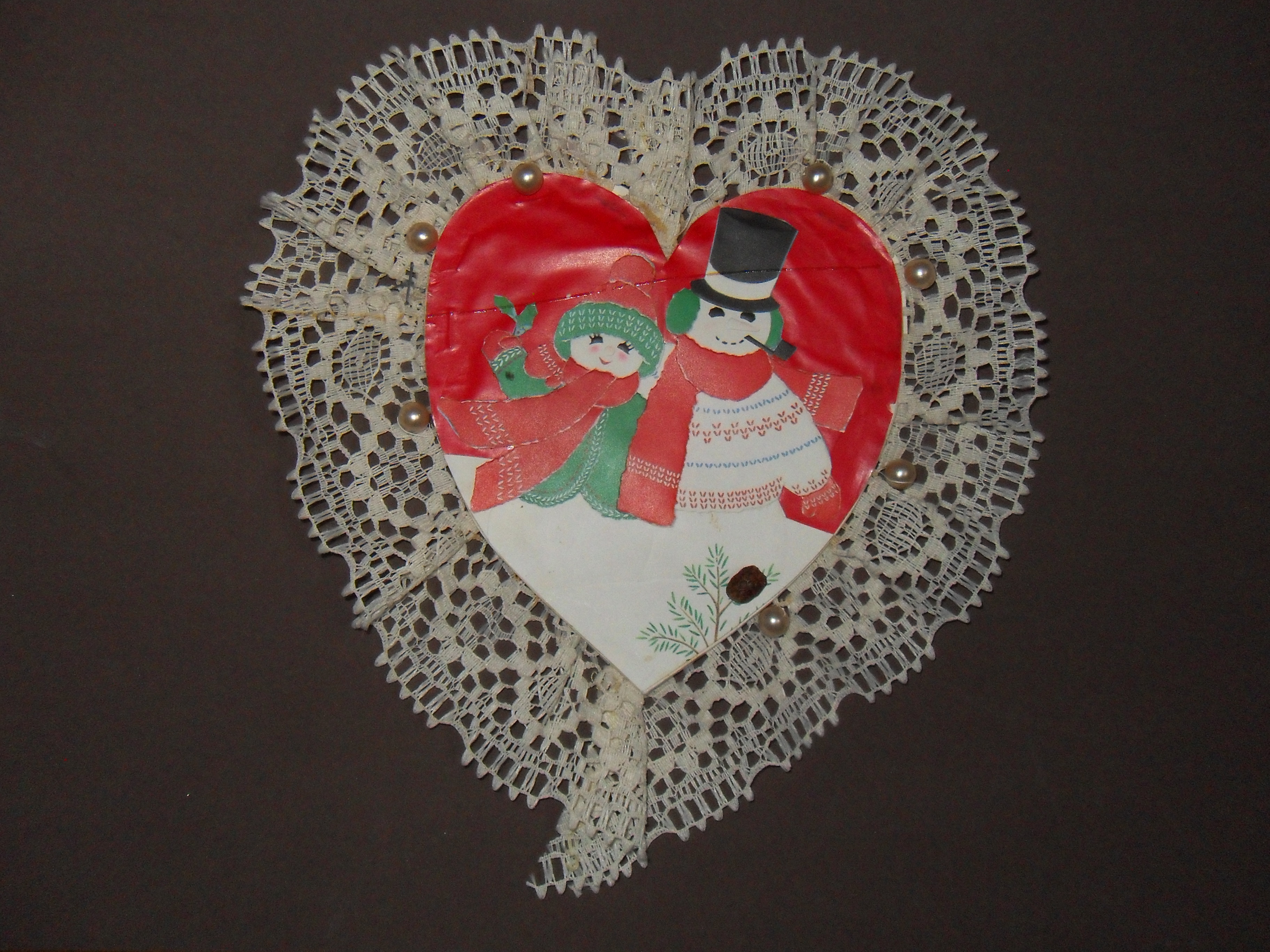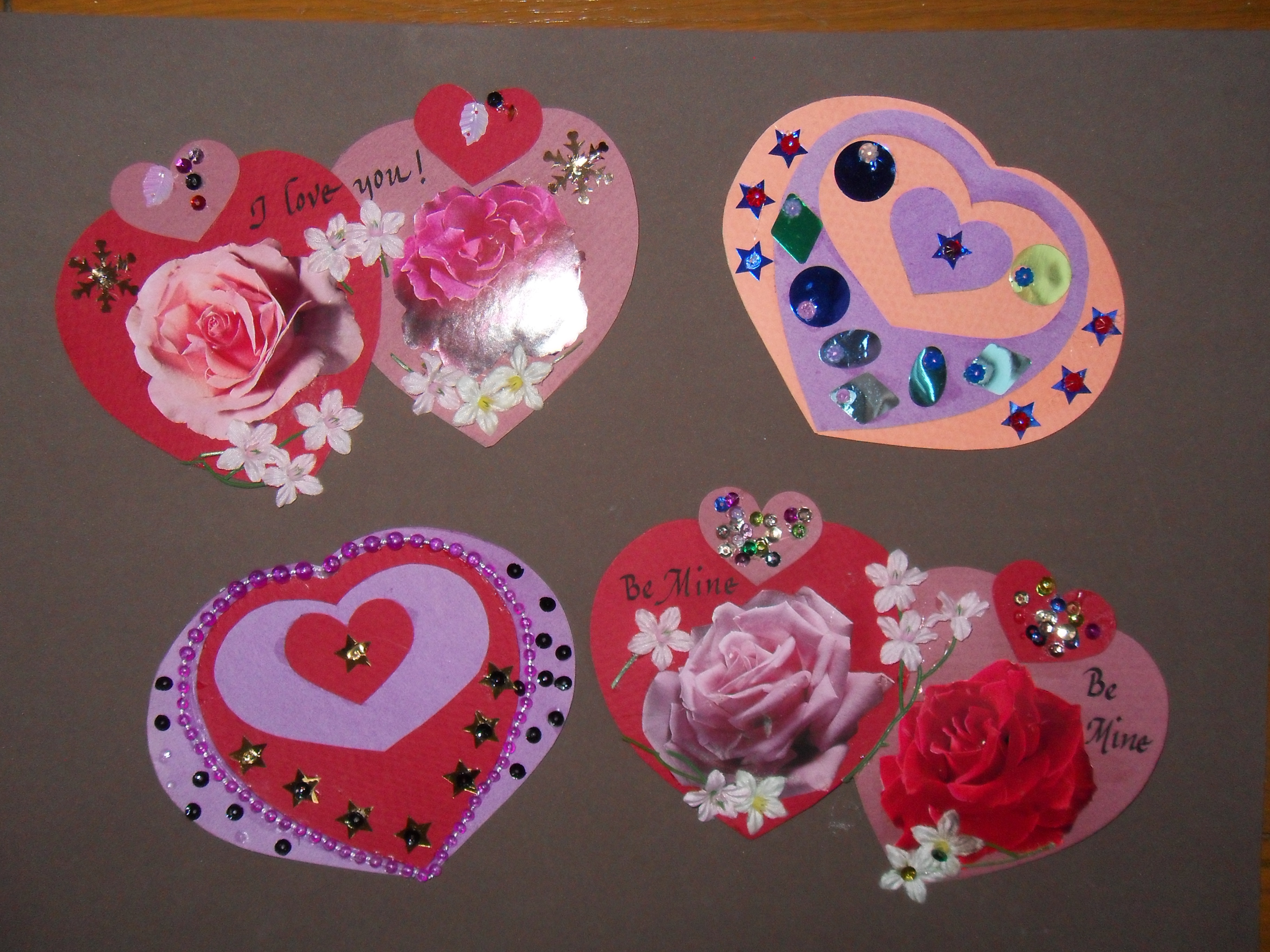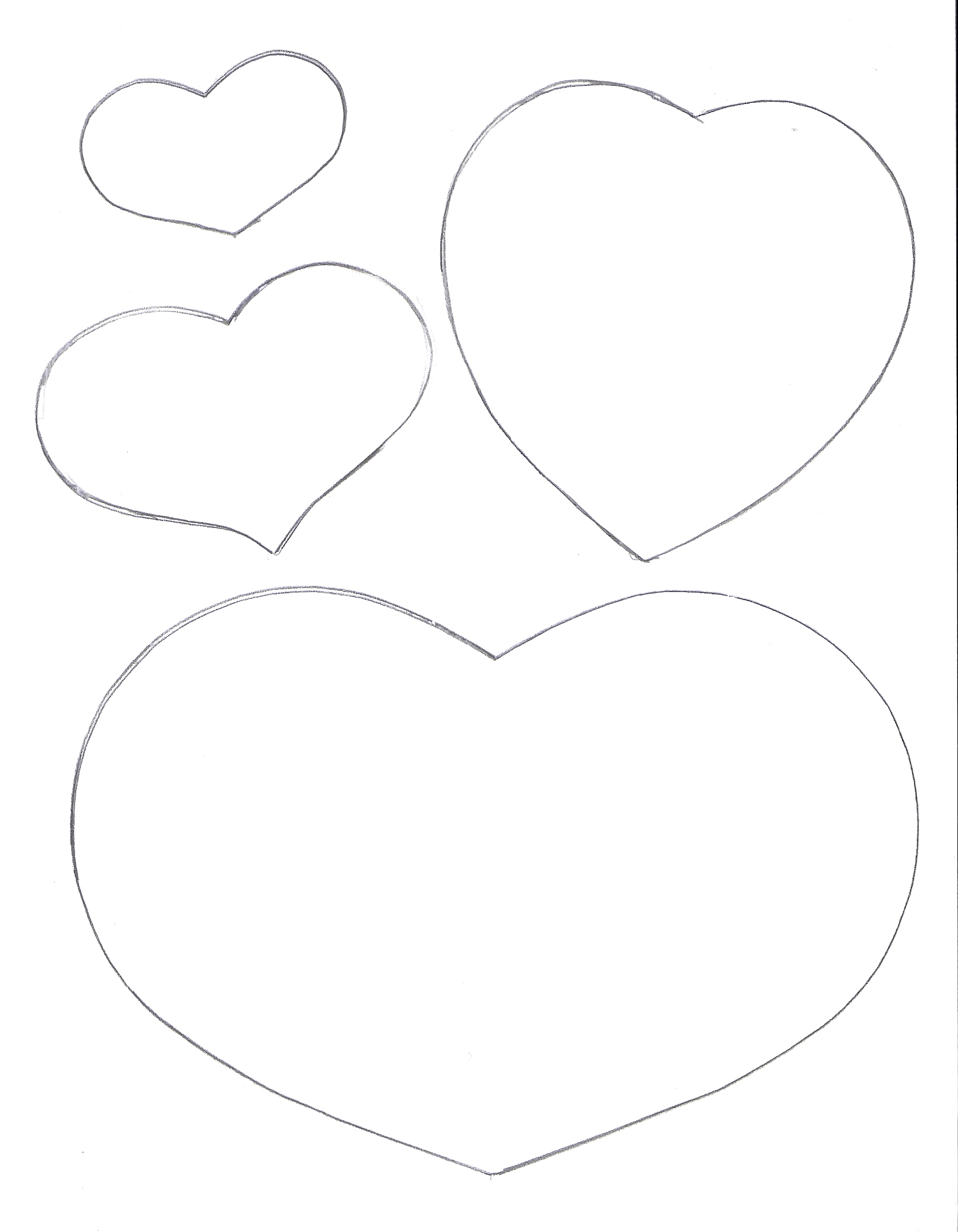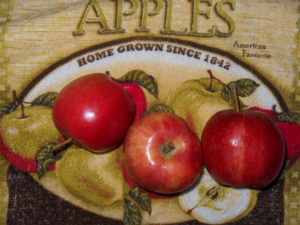Apr8
Mar24
CELEBRATE THE SEASONS: SPRING IS HERE! BANNER
WHAT IS A BANNER?
A banner is a piece of cloth suspended between two poles and often bearing a design, symbol or slogan. Banners can celebrate the seasons, holidays or bear slogans. The designs in this series of Art Tutorials celebrate summer, spring, winter and fall.
Ages: 5 – 12 years
Time: ½ hour – 1 hour
MATERIALS:
White felt 36” x 36”
Green Fun Foam
Pink Fun Foam Pink Fun Foam
Blue Fun Foam
1. Measure and trim white felt to 14” x 20”. Place the piece vertically in front of you. Measure and fold a 1” seam at the top and iron. Fold another 1” seam. Iron and glue the second fold. The dowel rod will go through this loop.
2. Enlarge the photo of the completed banner above. Then trace and cut the flower shapes: yellow Fun Foam for one tulip and one daisy; pink for the second tulip and daisy; blue for the three morning glories; pink for the butterfly and green for the stems and leaves. (NOTE: The daisy and the tulip have different leaves.)
3. Cut one small yellow circle for the center of the pink daisy and one small pink circle for the yellow daisy.
4. Glue all the pieces, scattering the shapes randomly to create a cascading effect. Avoid placing two flowers of the same color next to each other.
5. Draw the centers of the morning glories with a black marker. Add antennae to the butterfly and dots in its center.
6. Cut the dowel rod like the other ones, insert, tie the string to the ends of the dowel rod and han
Mar17
WEAVING PROJECT: WEAVING WITH A SIMPLE FRAME
The craft WEAVING WITH A SIMPLE FRAME is an updated adaption of the project “A Simple Weaving Frame” found in The Reinhold Book of Arts and Crafts Techniques published by Van Nostrand Reinhold Co., a division of Litton Education Publishing Inc. in 1976. Many important events happened in 1976.
Challenge yourself and always use your imagination!
Materials:
Cardboard
String
Ruler
Pencil/eraser
Scissors
Yarn
Large-eyed tapestry needle (optional)
Ribbon, feathers, wool and other strips of fabric, leaves, twigs, string
* At all times refer to the photo illustrations.
- Weaving consists of a warp and a weft. The warp comprises the vertical strings of the loom while the weft consists of the yarn interlaced through the weft. Take a piece of strong cardboard. Measure and cut ¼” incisions at regular intervals of ¼” to 1/8” on both ends of the cardboard.
- To make the warp: Take heavy string (i.e., kite string) and make a knot at one end. Loop the string from one end of the cardboard to the other and back up again. When finished, cut and make a knot in the back or tape the end of the string to the back of the cardboard. (Always leave a little extra string at either end.)
- To make the weft: Think of a theme or a design for the weaving. The design is up to you! Use a variety of materials to weave in and out as you did with the paper weaving. (The weaving below was woven with pipe cleaners and kite string but almost anything goes!)
- Start with about an inch and a half of warp at the bottom. Make sure strips of material alternate with each row. Roll the material into a ball if possible and pass it through the warp back and forth for several rows depending on the design. Tuck the end in the back of the warp. Do not tie a knot.
- Tips: Consider using a the tapestry needle to weave the yarn and string. A ruler will help you lift the warp so you can pass material through easily but you must lift every other string (see step 4.)
- When the weaving is finished, cut any loose thread in the back of the warp but don’t cut too close to the weft.
Mar11
WEAVING PROJECT: FENCE WEAVING II
The craft Fence Weaving was adapted from the project “From the Yard/Fence Weaving” found in All-Around-the-House Art and Craft Book by Patricia Z. Wirtenberg and published by Houghton Mifflin Company in1968.
Materials:
One fence preferably a chain link fence
Ribbon, yarn, pipe cleaners, tassels, string, rope, feathers, strips of fabric or paper, and anything else that easily woven through or tied on a chain link fence
Pompoms, beads, tiny shells, paper dessert cups, and anything else glued to ribbon, yarn, strips of fabric or paper, etc. and attached to the links in the fence. Bits of drawings or photographs can also be used.
Scissors
Glue
1) Weave, loop or tie materials such as pipe cleaners, ribbon, yarn, rope, strips of fabric or paper and string diagonally, vertically or horizontally through the links in the fence.
2) Weave or loop or tie the ends of fabric, ribbon or paper through the links in the fence and secured with glue. The more you material you use, the more festive the fence looks.
3) Glue artificial flowers, beads, tiny shells, and similar items to ribbon, strips of fabric or paper, etc. Weave the ends through the links in the fence.
4) Make a garland of paper or similar material and attach the ends to the fence. Celebrate the Fourth of July with a red, white and blue garland!
5) Cut paper letters and/or numbers and glue to a long strip of paper or ribbon and attach to the links in the fence at each end. Anything goes! The signs can say “Happy Summer!” “Enjoy Summer Camp!” “Hooray for Summer!”
6) Another idea: decorate the fence according to themes: nature; summer/seashells; art; Disney; cars/trains/airplanes; sports, etc.N
Mar3
WEAVING PROJECTS: PAPER WEAVING
The craft PAPER WEAVING was adapted from the project “Stitches, Scraps and Haute Couture/Paper Weaving” found in Arts and Crafts Activities Desk Book by Joyce Novis Laskin and published by Parker Publishing Company in 1971.
MATERIALS:
Large sheet of thick paper or cardboard for the frame of the mock loom
Two or three different colored and/or pattered papers cut into strips
Ribbon (optional)
Scissors
Ruler
Pencil with eraser
Glue stick or scotch tape
- Fold paper in half. (Choose any size paper or cardboard from 8 ½” x 11” and up.) Draw lines ¼” to ¾” apart down the length of the fold.
- Look at Step II below. Make incisions with the scissors, starting from the fold up to ½” of the edges of the paper. Don’t cut all the way to the end or you will cut the paper/cardboard into strips! Cut up to ½” at each the end of the paper/cardboard and draw a line across. (In other words, leave an uncut margin at both ends.) This is the weaving “frame” or “loom.” Open the paper or cardboard.
- Measure and cut strips of paper to weave in and out of the paper loom. To minimize mistakes, make sure that the strips are a little longer than the width of the loom.
- Choose two or three different colored papers to weave through the paper loom. (Alternate ribbon with paper for a different look to the weaving.) Start at one end and work your way up to the other end. Alternate the in-and-out pattern with each row. (Refer to photograph.)
- Trim loose ends and glue the ends down using a glue stick.
- Use your paper weaving as a placemats or give it as a gift. What else can you do with your paper weaving?
Feb24
WEAVING PROJECTS: FENCE WEAVING I
The craft Fence Weaving was adapted from the project “From the Yard/Fence Weaving” found in All-Around-the-House Art and Craft Book by Patricia Z. Wirtenberg and published by Houghton Mifflin Company in 1968.
MATERIALS:
One fence preferably a chain link fence
Ribbon, yarn, pipe cleaners, tassels, string, rope, feathers, strips of fabric or paper, and anything else that easily woven through or tied on a chain link fence
Pompoms, beads, tiny shells, paper dessert cups, and anything else glued to ribbon, yarn, strips of fabric or paper, etc. and attached to the links in the fence. Bits of drawings or photographs can also be used.
Scissors
Glue
PROJECT:
1) Weave, loop or tie materials such as pipe cleaners, ribbon, yarn, rope, strips of fabric or paper and string diagonally, vertically or horizontally through the links in the fence.
2) Weave or loop or tie the ends of fabric, ribbon or paper through the links in the fence and secured with glue. The more you material you use, the more festive the fence looks.
3) Glue artificial flowers, beads, tiny shells, and similar items to ribbon, strips of fabric or paper, etc. Weave the ends through the links in the fence.
4) Make a garland of paper or similar material and attach the ends to the fence. Celebrate the Fourth of July with a red, white and blue garland!
5) Cut paper letters and/or numbers and glue to a long strip of paper or ribbon and attach to the links in the fence at each end. Anything goes! The signs can say “Happy Summer!” “Enjoy Summer Camp!” “Hooray for Summer!”
6) Another idea: decorate the fence according to themes: nature; summer/seashells; art; Disney; cars/trains/airplanes; sports, etc.
Feb10
MAKE A HEART- SHAPED WAND!
MATERIALS:
Model Magic – white
Dowel rod, 12 – 14 inches in length
White glue
Markers – color(s) of choice
Beads/sequins/glitter/feathers
Curling ribbon – color(s) of choice
Scissors
Brush
PROJECT:
- Make a big fist-sized ball of Model Magic. Using a rolling pin or the palm of your hand, flatten out the Model Magic into a rectangle about ¼” thick.
- Make sure a corner of the flattened piece comes to a point. Place this piece vertically on the work surface. Squeeze the sides to form points. Refer to the photos above.
- Squeeze the bottom of the piece to form two points, too. You should now have five-pointed star: one point at the top, and two on either side and at the bottom.
- Color the dowel rod with markers. Insert it between the two points at the bottom.
- Push beads, feathers and sequins into the star. Apply glue to the surface of the Model Magic and cover it with glitter. Shake off the excess.
- Cut 3 or 4 pieces of curling ribbon 12” long. Tie the ribbon just under the star. Curl the ribbon with one of the scissor blades.
- You now have a magical wand!
OPTIONAL: Make other shapes! Shamrocks! Diamonds! Clouds! Stars!
Art work by Chloe B.
Feb4
VALENTINE’S DAY BANNER
ST. VALENTINE’S DAY
Lupercalia was a Roman holiday held in honor of Lupercus, the god of the pasture and fertility. The event was held on February 5th in a cave on Palatine Hill in Rome. The priests who were known as the Luperci, conducted the rituals associated with the Lupercalia festival. These rituals included sacrificing animals like goats and dogs; feasting followed. The celebrations continued when the Luperci cut thongs from the skins of the sacrificed animals. The priests divided into two groups and ran around the city swatting people with the thongs. The festival participants believed that a blow from one of the thongs encouraged fertility.
The early Christian Church tried to convert unbelievers such as the followers of the Luperci, by combining pagan customs with their own beliefs. The feast day of two Roman martyrs (both named Valentine) had its origins in the Lupercalia festival. The one saint had been a priest and the other had been the Bishop of Terni, and both died in the same day in the third century A. D.
QUILTED HEART
Ages: 5 – 12 years
Time: one hour
MATERIALS:
Yellow felt square 16” x 14”
Dowel rod 18”
Red, pink, yellow, and white craft foam cut into 2″ x 2″ squares
¼” ribbon in red, yellow, pink and white.
String – double the length of the dowel rod
poster board or single sheet of craft foam of any color
Using a template or a stencil or drawing by hand, trace the heart on to poster board or a single sheet of craft foam of any color and cut. The heart should measure about 13 3/4″ x 10.”
Cut 8 yellow, 11 red, 10 white and 10 pink squares from the craft foam sheets. The squares should measure 2″ x 2.” Divide the heart in half vertically and in half again horizontally. (Refer to the photo of the banner.)
Lay the squares down along the horizontal fold in the following pattern: white, yellow, pink and red. Place the next row of squares below the first row. Stagger the colored squares so that the second row is not directly beneath the first row. Repeat the pattern until the squares cover the heart. Glue. Allow the pieces to dry.
Fill in the odd-shaped areas with the appropriately colored squares and glue. When those pieces are dry, turn the heart around and trim along the outline of the heart. Measure and cut the felt to 16” x 14”. Place it horizontally. Make a loop by measuring and folding a 1” seam. Iron. Measure and fold a second 1” seam. Iron and glue the second fold. You will be inserting the dowel rod through this loop. (The length of the banner will be about 16” x 12.” This does not include the ribbons.)
Measure and cut two 18” lengths of each color of ribbon. Poke a hole every two inches along the bottom of the felt with a sharp tool. Alternate the colors, pull the ribbon through and tie a knot in the back so that the ribbon is held in place. (Small children should let adults do this for them.) Glue the heart on the felt. Cut the dowel rod to 18” and insert through the loop at the top. Cut the string to a length suitable for hanging. Tie the string to each end of the dowel rod.
VARIATION: Use other shapes to decorate your heart banner: circles/dots, flowers, squiggle lines, triangles, etc. Today, Valentine’s Day honors lovers. We celebrate Valentine’s Day on February 14th by sending gifts like candy and cards.
Happy Valentine’s Day!
COPYRIGHT 2013 Marion Constantinides
Jan27
RECYCLED CRAFT: Funky Valentines
Funky Recycled Valentines
Materials:
Paper in pink, red, purple, white
Greeting cards or images downloaded from the Internet
Lace Paper doilies
Sequins
Glitter
Pearls
Seeds
Beads
Stickers
Scissors
Glue stick
White glue
Heart-shaped cookie cutters, templates, stencils or the patterns provided below
String or yarn
Markers or colored pencils
- Gather greetings cards that you no longer want and cut out shapes that are traditional for a Valentine’s Day theme: flowers, birds, kittens, hearts, puppies, etc. Or download images or clip art from a free program on the Internet.
- Using the heart patterns provided or a heart-shaped cookie cutter(s) or template(s) or stencil(s), trace and cut the heart out of colored paper. Use the largest pattern or cookie cutter or stencil for the main part of the valentine. Make more than one valentine and use papers of various colors. Trace and cut hearts of smaller sizes, too.
- Glue sequins, images from the greeting cards, small heart-shapes, etc in a pleasing design on the valentine.
- Using markers or colored pencils, write a message: “Happy Valentine’s Day!” or any other message suitable for the holiday
- Optional: Glue string or yarn on the back of the valentine and hang it up or give it to a friend of your choice.
VARIATION: MAKE A FUNKY RECYCLED VALENTINE POUCH
Create two cards of the same size. Decorate. Glue the two sides but keep the top open. Punch two holes in the center of the heart at the top. Cut a piece of ribbon or string long enough for hanging or carrying. Pass the ribbon or string through the hole and make a knot. Pass the ribbon through the other hole making another knot. You now have a pouch for holding your valentines!
HAPPY VALENTINE’S DAY!
Jan20
ANOTHER HEALTHY APPLE SALAD
Another Healthy Apple Salad
Ingredients:
2 cups Romaine (or greens of choice)
1 – 2 unpeeled red apples, diced
1/2 cup diced celery
1/4 cup craisins (or raisins)
1/4 cup chopped walnuts (or slivered almonds)
Dressing:
1/2 cup light mayonnaise
2 Tablespoons pineapple juice
1 Tablespoon sugar
In a large salad bowl, toss lettuce, apples, celery, craisins and walnuts. In a small bowl, mix the ingredients for the dressing. (Or use a salad dressing of your choice. I use an Asian-style dressing.)
Pour over the salad and toss.
Take to a picnic or serve with grilled food.
Serve immediately.




